The Stories We Tell
By David Wright
Town Historian
In the Spring of 1999 an expected package arrived at the Stratford Historical Society. The sender was Mrs. Helen F. Look of Columbia, Tennessee. Inside the box were several items that Mrs. Look thought would be of interest to the Society. The items were from the family of a young man killed in the Peck’s Mill Disaster of August 6, 1899. His name was William Spencer Osborn, Jr., 19 years of age.
William was the son of Fannie Judson and William Spencer Osborn, Sr. William was the grandson of Lucius Judson whom we profile in this newsletter. Mrs. Look’s husband, Marvin Judson Look, was the great grandson of Lucius.
Mrs. Look included William’s unused return ticket, along with a piece of wood from the trolley, the bowl of William’s pipe, his handkerchief (which appears to be blood stained), and a receipt from Frank L. Curtis, Undertaker and Embalmer for William’s burial in the amount of $140.50.
These items have been in Mrs. Look’s family for many years
The Peck’s Mill Trolley had been on the drawing board for many years prior to 1899. The residents of Shelton had been requesting the trolley line be extended from Paradise Green to Shelton since at least 1896.
The trolley line was completed and in operation for only three days when an afternoon trolley car left the tracks and fell almost 50 feet to the drained pond bed of Peck’s Mill Pond. Twenty-eight people were confirmed dead. Twenty-five people died at the scene, and three died from their injuries in the hospital. The actual number of dead is still in dispute. Estimates have ranged from 28 to 32.
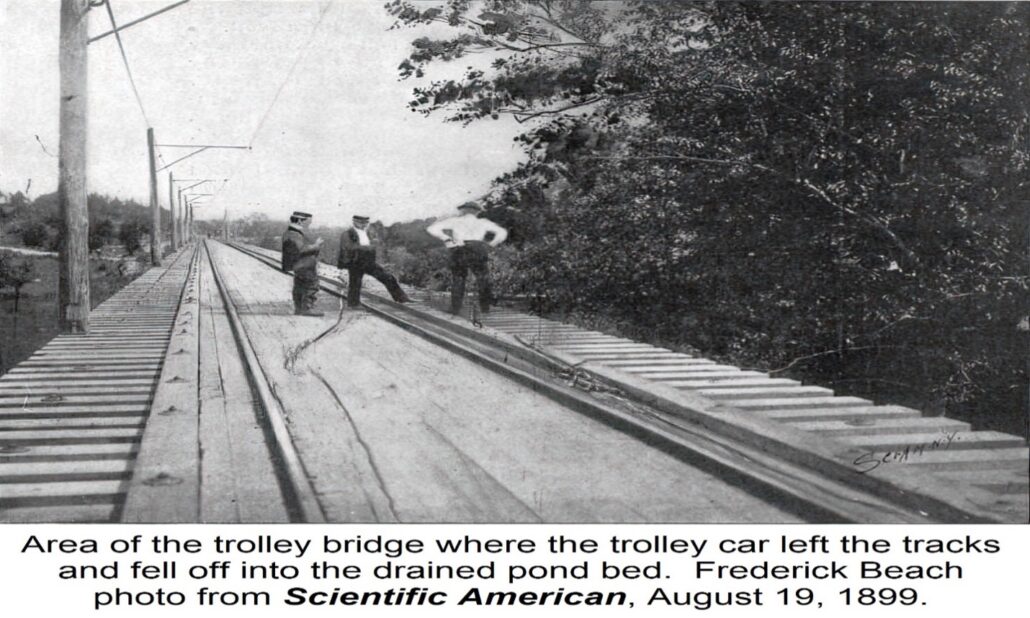
There are many tragic elements to this story. First of all, the first people on the scene to assist with the dead and dying were local people with no medical training and only desiring to help relieve the suffering of the victims. Secondly, mothers and children, husbands and wives died together in this accident. Thirdly, no one really knows whether or not all the victims were found since the trolley landed on its roof crushing its riders in the mud. Fourth, no one really knew, for certain, how many passengers were riding in the trolley car. Some people thought there were forty-two passengers. Some people said forty-five. Some thought there were forty-seven onboard, but there was no way to actually account for all the passengers.
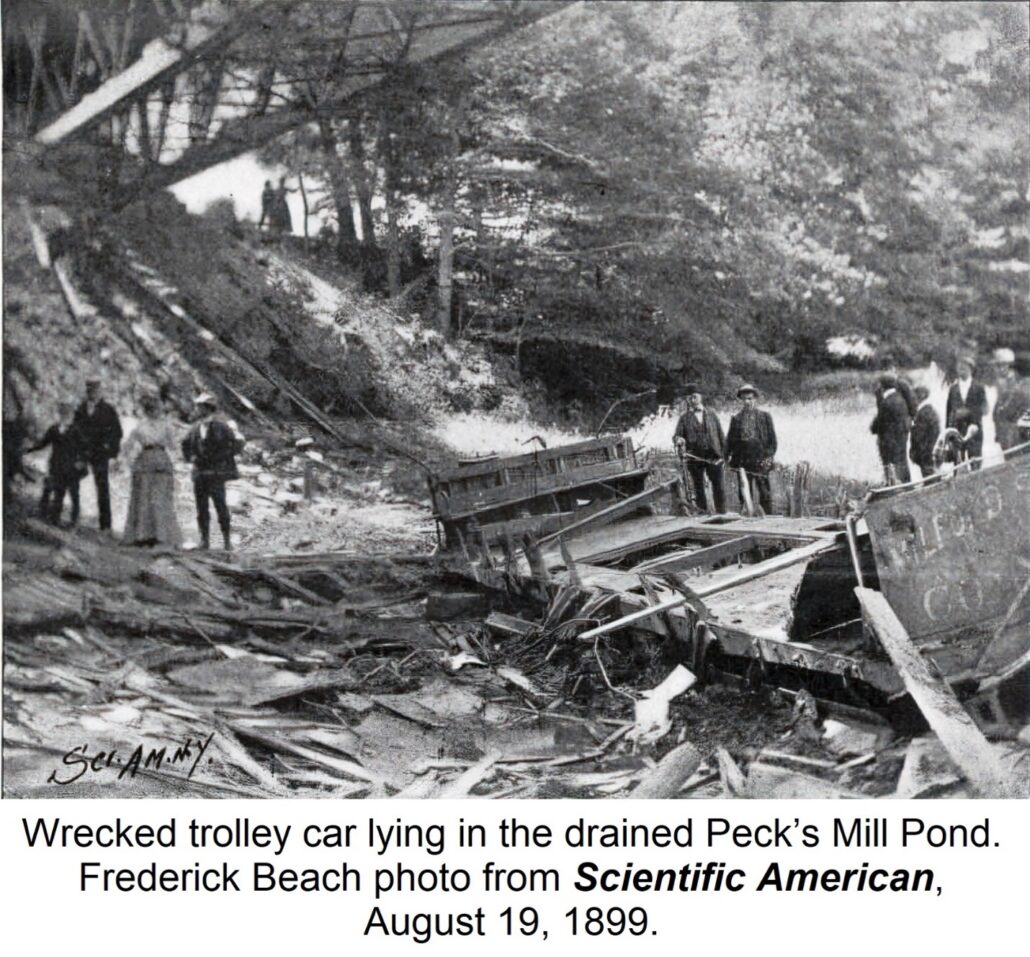
Of the 28 people confirmed killed in the tragedy, seven were from Stratford: Howard Baldwin, age 33; Florence Blue, age 28, and her five-year old son, Melville, and three-year old daughter Maude; Hattie Rugg, age 32, and her two-year old daughter, Ethel; and, William Osborn, Jr., age 23.
William Osborn, the Ruggs, and the Blues were all neighbors on “Strawberry Hill” which was a neighborhood east of King Street extending to Main Street, and north of Barnum Avenue extending to Hillside Avenue. Mrs. Rugg’s three-year old son was found wandering, alone, in the Oronoque area following the accident.
There were many theories as to what caused the accident. Many believed the motorman, George Hamilton, was running the trolley too fast on a downward slope. Others believed the trolley company was at fault for its shoddy construction of the trolley line. Ultimately, George Hamilton, and the trolley company, were found to be criminally negligent.
George Hamilton “took the fall” for the accident and that’s what the trolley company desired: absolution of any responsibility. However, George Hamilton was a very experienced motorman. The route was new to him, but the trolley car itself was repurposed from the Milford trolley line, and George would have known the operation of the car well. Of course, some felt this repurposed trolley was not equal to task of traversing the new trolley line.
Frederick Beach, who lived in the “Phelps Mansion” on Elm Street, and was owner of the Scientific American magazine, was an expert witness in the ensuing trials. Frederick was the grandson of Eli Beach who invented the New York Subway system. Frederick would have known quite a lot about trolley operation having grown up as the grandson of Eli Beach, founder of Scientific American.
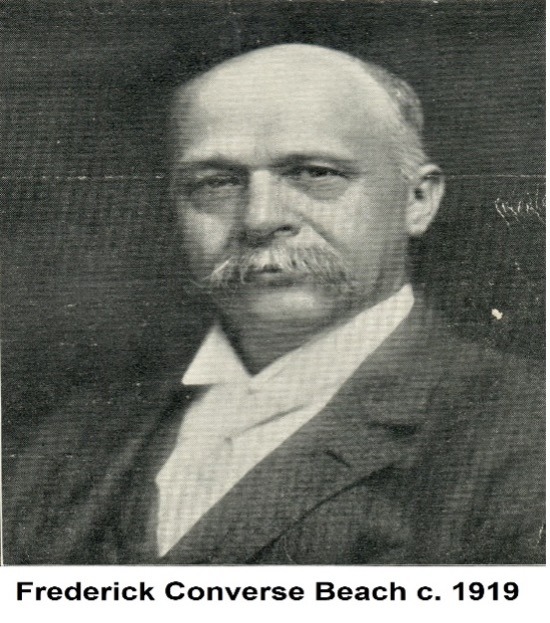
Frederick, as an expert witness, wrote an extensive article in Scientific American about his studies of the trolley accident. You may read his article in the August 19th, 1899 edition of Scientific American page 117.
Frederick Beach’s studies estimated the trolley car to be travelling at a speed of between 20 and 25 mph when it approached the Peck’s Mill Pond bridge. Mr. Beach did not consider that to be an excessive speed.
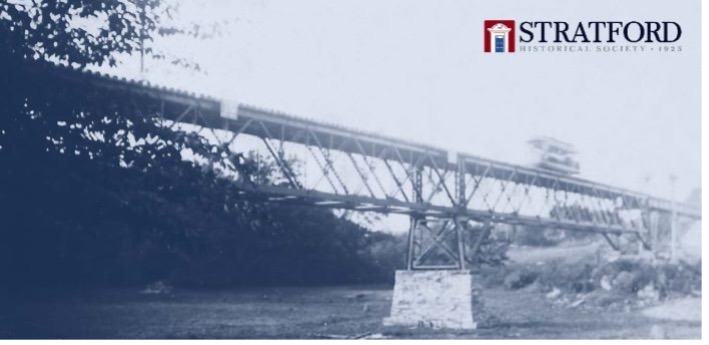
What Frederick did believe was that the protective rails, which should have ensured the trolley never left its tracks, were much too short. Further, Frederick believed the trolley company did not let the approach to the Peck’s Mill Trolley Bridge properly settle and cure before the trolleys began running on the track. Therefore, when the trolley left the approach to the bridge and entered the bridge itself, the trolley car began to sway. The swaying of the car, and the absence of appropriately sized safety rails, led to the car falling from the tracks.
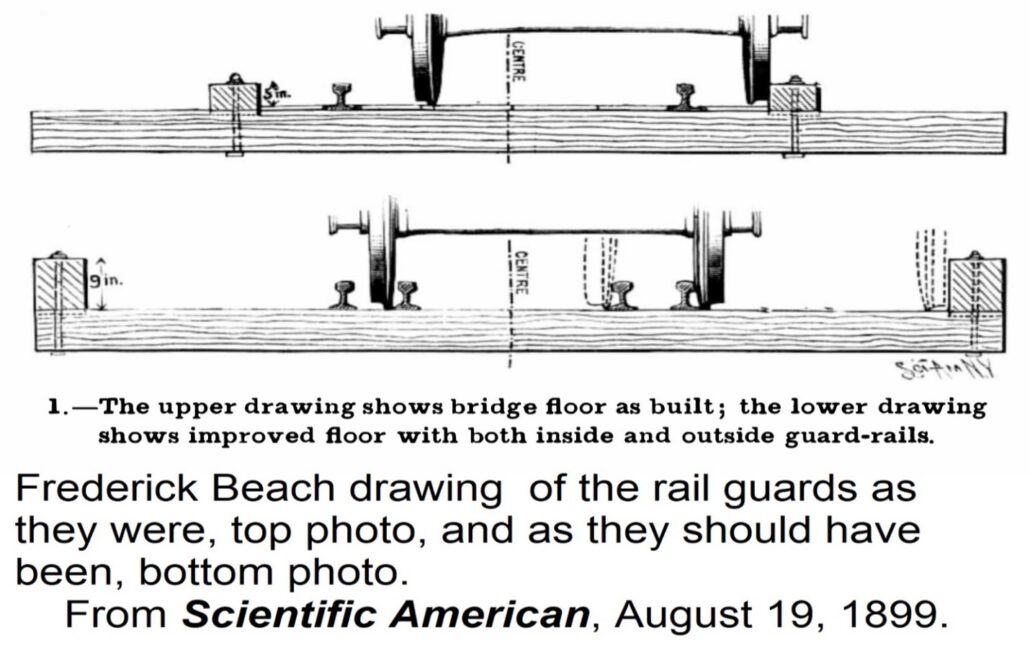
We continue to work on investigating the history of this accident. We’re posting our ongoing research on the Town Historian’s webpage at https://townofstratfordct.sites.thrillshare.com/o/stratford/page/town-historian

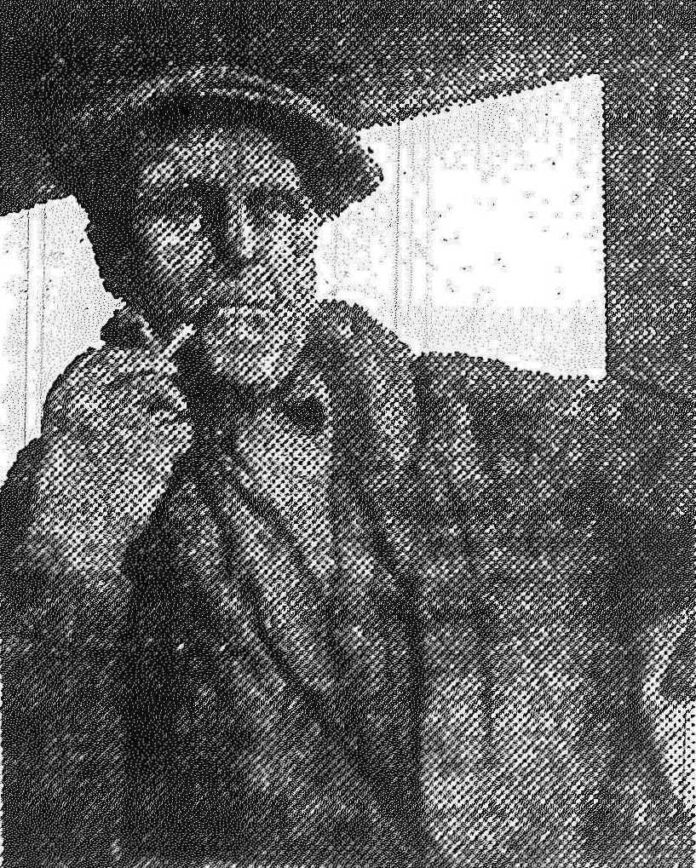
Thanks for this very interesting article. Who knew we have a connection to Scientific American?
What a tragedy. I am disappointed that the Motorman was found at fault when there were obvious errors of judgment on the part of the trolley company.
I can’t visualize the path of the trolley. Did it head towards Chapel Street or towards River Road?